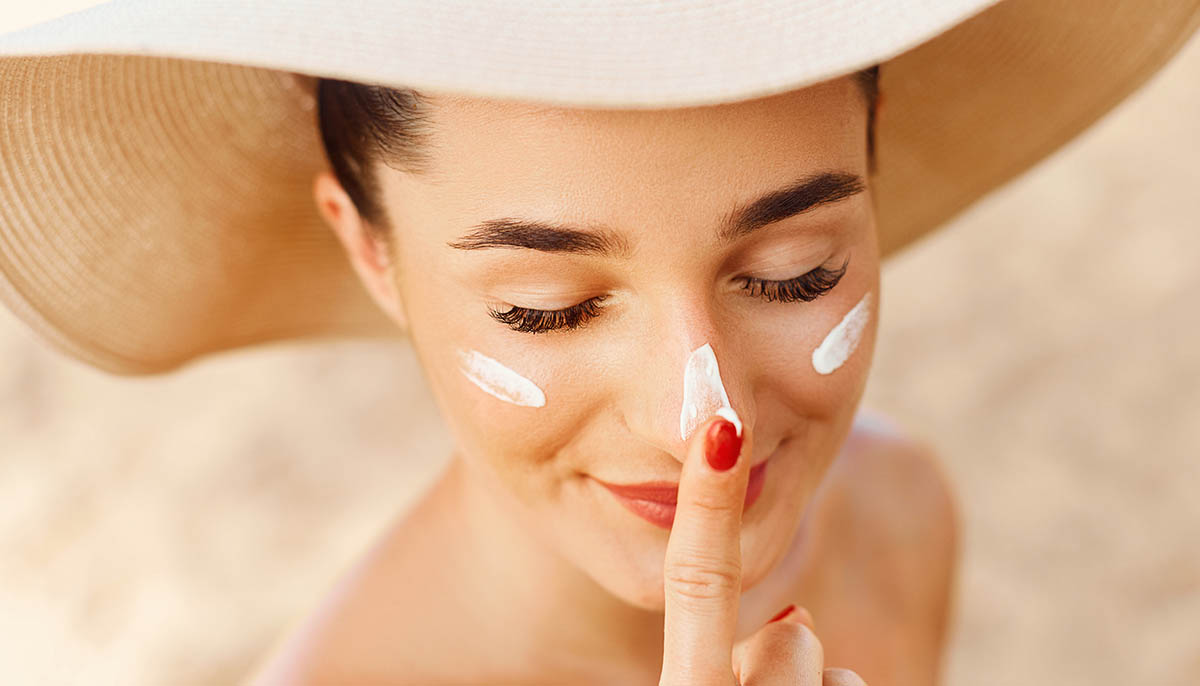Adobe Stock
Two of the most important factors you need to focus on to stay safe in the summer heat and sun are making sure you stay hydrated and using sunscreen correctly. Here are all the do’s and don’ts you need to know.

More people die annually from heat in the US compared to any other weather-related fatalities. The number of Americans who die each year to heat is nearly double of those who die in floods, double those who die from tornadoes, and triple the amount of those who die in tropical storms and hurricanes. One of the leading factors in heat-related deaths is due to dehydration.
One of the imperative steps you need to take if you have to be outdoors in summer heat is to make sure you are staying properly hydrated. By the time you begin to feel thirsty, you could already be significantly dehydrated. You may lose more fluids than you realize, as the summer sun drains you of fluids through perspiration. Make sure you do the following steps:
When we’re talking about summer heat and sun, the basic rule of thumb of eight 8-ounce glasses of water per day may not be enough. If you’re exerting yourself, and especially if you’re perspiring, an active person can lose two liters of sweat. You’ll need to drink even more water than normal.
Give yourself extra hydration by eating foods that contain water, such as fruits and vegetables.
For a quick remedy to offset dehydration consider consuming a sports drink that contains electrolytes. Electrolytes are minerals in the body that are lost at a high rate with active perspiration, according to Prevention.
The following signs show you that you are becoming dehydrated: Thirst, dry mouth, dark or tea-colored urine or a decrease in urination, dry skin, muscle cramping, fatigue, headache, low blood pressure, and constipation.
The sun can do more than burn you – excessive exposure can cause skin cancer, as well as can cause wrinkles and long-term damage to your skin. That’s why it’s also good to use sunscreen that contains a dry skin moisturizer. Here are some tips for getting sunscreen to work the way it should, as well as some practices that fall into the category of myth and should be avoided.
Some people wrongly believe that the higher the SPF of the sunscreen, the longer they can go without reapplying. SPF refers to the strength of protection against the sun rays – it’s not a time marker. Reapply sunscreen every two hours no matter the SPF.
While car windshields are manufactured to block both UVB and UVA rays, side and rear windows typically aren’t. The more dangerous UVA rays, which go deeper into the skin, still affect you through side windows, according to Prevention. Every year, scores of people are diagnosed with skin cancer as a result of sun-exposed driving or riding, in the case of passengers. If you’re going to do an extended amount of driving during sunny conditions, apply sunscreen to the side of your body on all the skin that will be exposed.